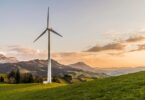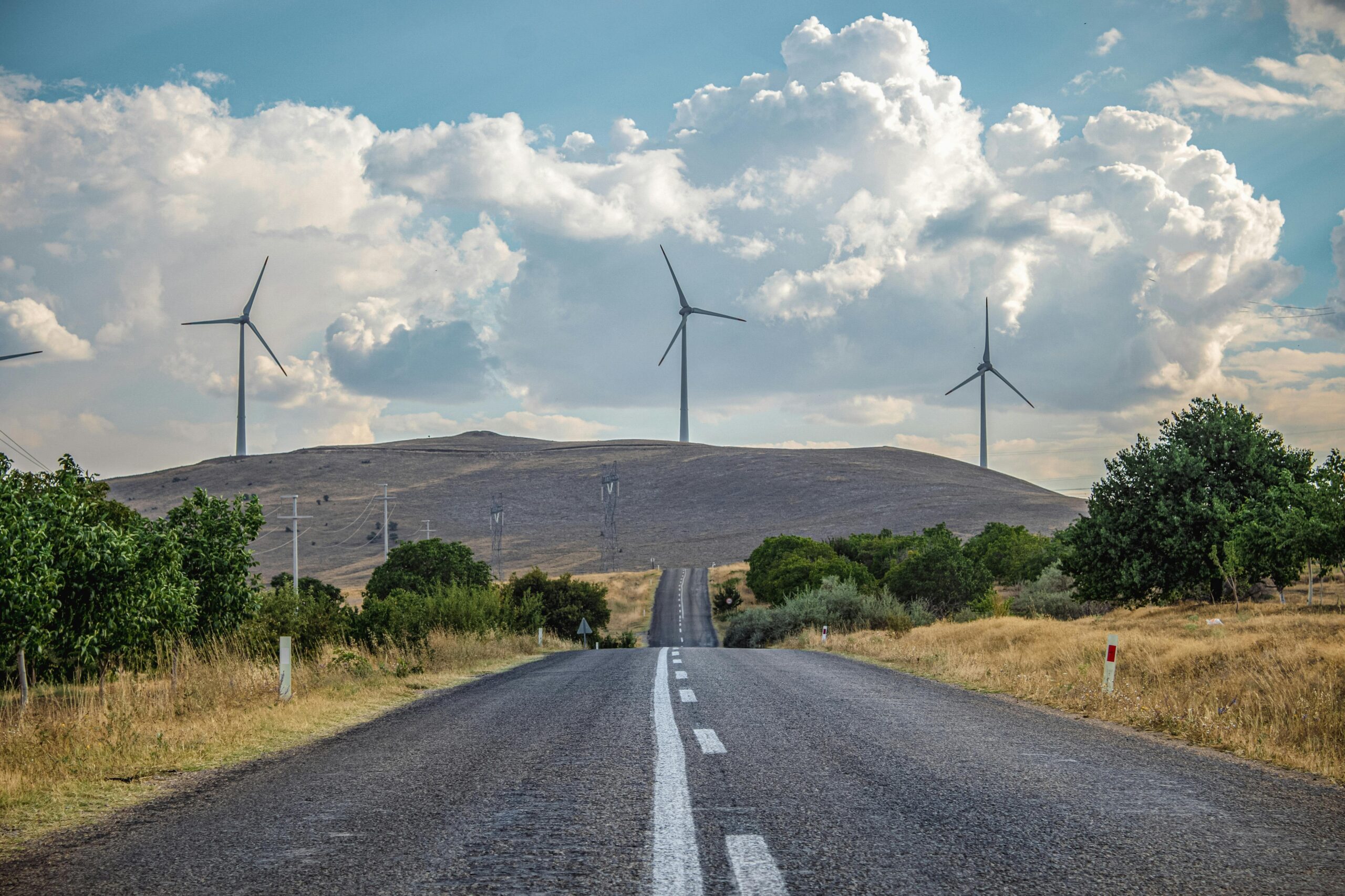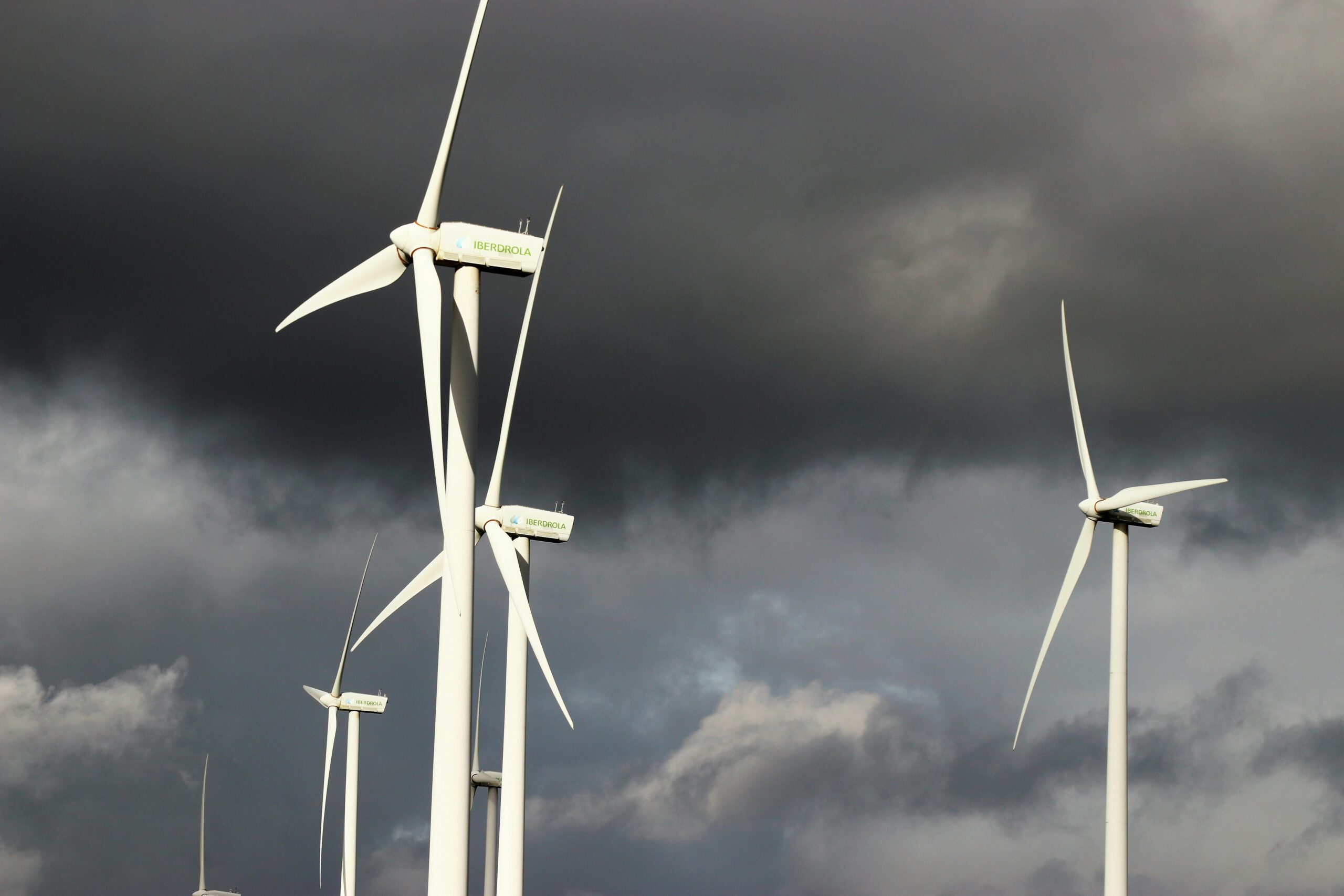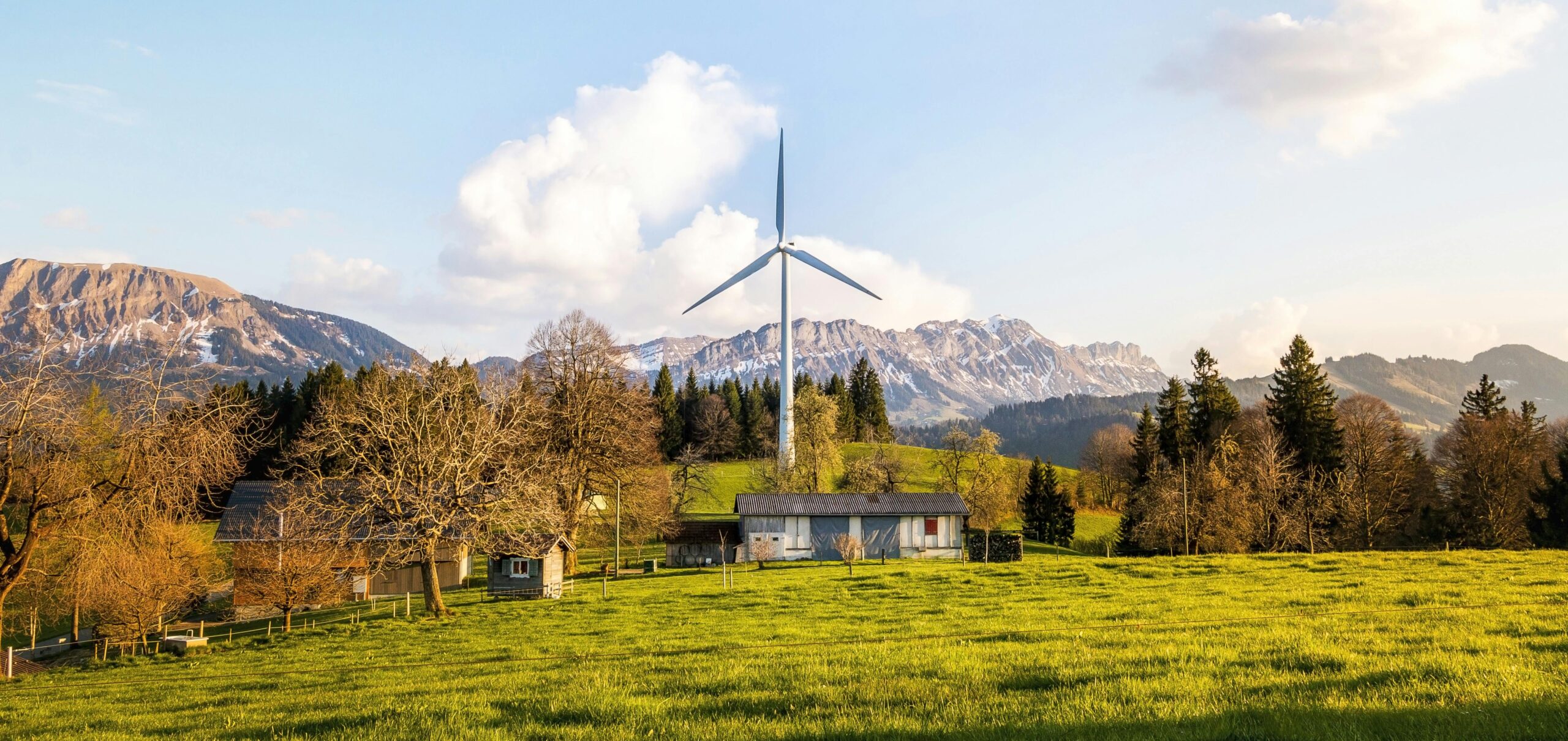As the world intensifies its efforts to transition to renewable energy sources, offshore wind farms are emerging as a leading solution in the fight against climate change. These expansive installations, located in bodies of water, harness the power of ocean winds to generate significant amounts of electricity. This article explores the potential of offshore wind farms, their benefits, challenges, and future prospects.
1. Advantages of Offshore Wind Farms
Higher Energy Output: Offshore wind farms typically benefit from stronger and more consistent wind speeds compared to their onshore counterparts. This translates to higher energy production, making them more efficient in generating electricity. According to the Global Wind Energy Council, offshore wind can achieve capacity factors exceeding 50%, significantly higher than the average capacity factors of onshore installations.
Environmental Benefits: Offshore wind energy generation produces no greenhouse gas emissions during operation. By reducing reliance on fossil fuels, these farms contribute to lowering carbon emissions, helping to combat climate change. Additionally, many offshore projects have minimal land use impacts, preserving terrestrial ecosystems.
Economic Growth and Job Creation: The offshore wind sector is a burgeoning industry that promises significant economic benefits. As investment in offshore wind increases, it creates jobs in manufacturing, installation, maintenance, and research. For example, the U.S. Bureau of Labor Statistics projects that jobs in the wind sector could grow exponentially in the coming years as the country expands its offshore capacity.
2. Technological Innovations
Advancements in technology are driving the growth of offshore wind farms. Innovations such as larger and more efficient turbines, floating wind platforms, and improved energy storage solutions are enhancing the viability and efficiency of these projects. Floating wind farms, in particular, allow for installations in deeper waters where traditional fixed-bottom turbines are not feasible, significantly expanding the potential for offshore wind generation.
3. Market Trends
The offshore wind market is gaining momentum, driven by several key trends:
Government Support and Investment: Many countries are setting ambitious renewable energy targets and providing incentives to develop offshore wind farms. The European Union has committed to increasing its offshore wind capacity to 300 gigawatts (GW) by 2050, while the U.S. aims for 30 GW by 2030. This government support is crucial for attracting private investment and fostering industry growth.
Global Expansion: While Europe has been a pioneer in offshore wind energy, other regions are quickly following suit. The United States, Asia, and particularly China, are investing heavily in offshore projects. China’s offshore wind capacity has surged in recent years, positioning the country as a global leader in the sector.
4. Challenges Ahead
Despite their potential, offshore wind farms face several challenges:
High Initial Costs: The capital costs associated with developing offshore wind farms can be substantial. This includes expenses related to construction, installation, and connection to the grid. While costs have decreased over time, they remain a significant barrier to entry.
Environmental and Navigational Concerns: Offshore wind farms can impact marine ecosystems and local fisheries. Additionally, the placement of wind farms must consider shipping lanes and navigational safety. Addressing these concerns requires thorough environmental assessments and stakeholder engagement.
Logistical Challenges: The installation and maintenance of offshore wind turbines are more complex than onshore projects due to factors like weather conditions, transportation, and accessibility. Developing robust logistical strategies is essential for ensuring the reliability and efficiency of offshore wind farms.
Conclusion
Offshore wind farms represent a promising frontier in renewable energy development, offering numerous environmental and economic benefits. As technology advances and government support continues, the potential for offshore wind energy is immense. However, addressing the challenges associated with development will be crucial to realizing its full potential. By investing in offshore wind energy, countries can significantly reduce their carbon footprints and move toward a more sustainable energy future. The continued growth of this sector will play a vital role in the global transition to renewable energy, paving the way for cleaner and more sustainable energy systems worldwide.








Leave a Comment